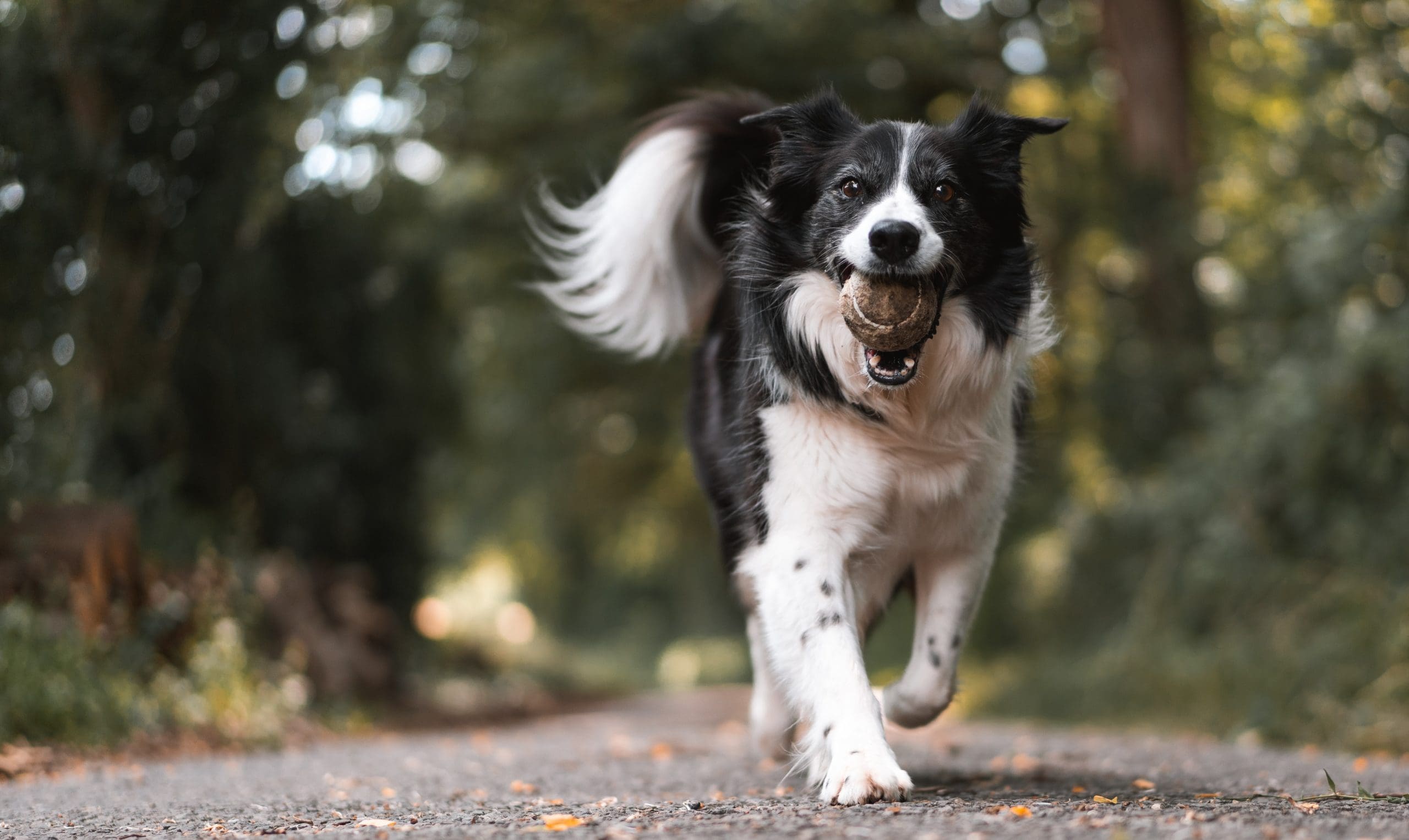Ensuring your dog’s safety and comfort is paramount for any pet owner. Many wonder about the appropriate temperature for their dogs to sleep outside, particularly during different seasons. Dogs, like humans, are sensitive to temperature variations, and exposure to extreme weather can lead to discomfort or serious health issues. Understanding safe temperatures for outdoor sleeping will help you make informed decisions regarding your dog’s well-being.
Factors Influencing Temperature Tolerance
Dogs have varying tolerances to cold and heat, influenced by breed, size, age, health, and coat type. For example, huskies and malamutes, with their thick double coats, can withstand colder temperatures better than short-haired breeds such as chihuahuas or greyhounds. While one dog may find certain temperatures comfortable, another may be shivering.
Coat Type and Insulation
A dog’s coat type significantly affects its ability to handle cold. Dogs with thick, double coats are built for colder climates and can often tolerate temperatures below freezing. In contrast, breeds with thin coats, like beagles or bulldogs, may struggle when temperatures drop below 45 degrees Fahrenheit. As a rule of thumb, if temperatures fall below 32 degrees Fahrenheit, it’s wise to bring your dog indoors, especially if they have a short or thin coat.
Age and Health Considerations
Puppies and senior dogs are especially vulnerable to temperature extremes. Young puppies lack the insulating body fat required for warmth, while older dogs may face health issues that decrease their temperature tolerance. If your dog has conditions like arthritis or heart problems, monitoring their comfort closely is essential.
Size Matters
The size of your dog can also affect its temperature tolerance. Smaller dogs lose heat more rapidly than larger breeds due to their higher surface area-to-volume ratio. A small dog may feel the cold more intensely than a larger one. For small breeds, exercise extra caution as temperatures drop.
Acclimation
Some dogs can gradually adapt to colder environments. Regular exposure to cold can build a dog’s tolerance, but this varies by individual. A dog that has mostly lived indoors may not adjust well to sudden temperature drops, even if it belongs to a breed known for cold hardiness.
Weather Conditions
Temperature alone isn’t the only factor; wind chill and moisture can drastically influence how cold it feels for your dog. Wind can strip away body heat, making it feel much colder than the actual temperature. Wet conditions can also compromise a dog’s warmth, as damp fur loses its insulating properties. On cold, windy days or during rain or snow, keeping your dog indoors is the safest option.
Recognizing Signs of Discomfort
Observing your dog’s behavior is crucial. Signs such as shivering, whining, or attempting to get inside indicate they may be too cold. Dogs may not always vocalize their discomfort, so being vigilant is key.
Creating a Comfortable Outdoor Space
If your dog enjoys being outdoors, you can enhance their comfort and safety. A well-insulated doghouse can protect them from harsh winds and rain. Ensure the doghouse is elevated to prevent moisture accumulation and appropriately sized for your dog to turn around easily while retaining body heat.
Choosing the right bedding can also make a difference. Opt for materials that provide insulation, such as straw or blankets, but avoid those that retain moisture. Regularly check bedding to ensure it stays dry and clean. Additionally, creating a sheltered area can help your dog escape wind and precipitation.
Importance of Supervision
Even when conditions seem suitable for outdoor sleeping, regular supervision is essential. Periodically check on your dog to ensure they remain comfortable and safe. Be prepared to bring them inside if temperatures drop unexpectedly or weather conditions change.
Seasonal Considerations
Seasonal changes greatly affect how you care for your dog. During summer, watch for signs of overheating, especially if they are outside in high temperatures. Ensure access to shade and fresh water, and consider bringing them indoors during the hottest parts of the day.
As temperatures fluctuate, remain conscious of the specific conditions your dog faces. A chilly night can quickly become dangerously cold after sunset, making vigilance crucial to their safety.
Consulting Your Veterinarian
If you have uncertainties about your dog’s ideal outdoor temperature, consulting a veterinarian can provide invaluable insights. They can evaluate your dog’s specific needs based on breed, age, and health, helping you make informed decisions about outdoor time and sleeping arrangements.
Building a Routine
Gradually increasing your dog’s outdoor time can help them acclimate to sleeping outside. This method allows them to adapt to temperature changes and fosters confidence in their outdoor space.
While some dogs enjoy sleeping outside, prioritizing their health and safety remains essential. Err on the side of caution regarding temperature and conditions. If any doubts arise, it’s best to bring your dog indoors.
Understanding the ideal temperature for outdoor sleeping involves careful consideration of your dog’s individual needs. By evaluating their comfort and safety, you can ensure they enjoy outdoor experiences without compromising their well-being. Your dog’s happiness and health depend on your vigilance and care, whether they are inside or outside.



